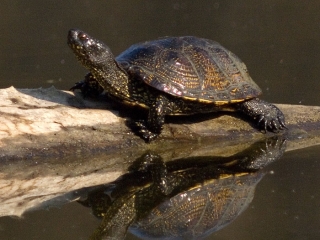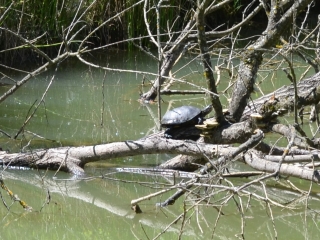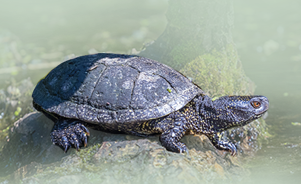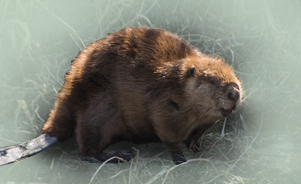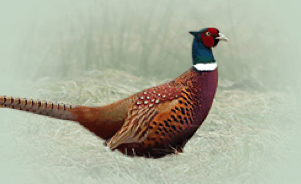The European Pond Turtle Emys orbicularis
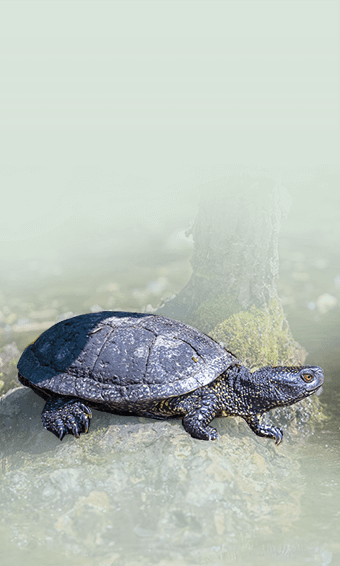
Features
They are mainly active in the morning, in the evening, and, at sufficiently high environmental temperatures, also at night. As the turtle is a cold-blooded animal, it often warms itself in exposed areas, which may last more than 8 hours a day depending on the temperature.
| Species | Amphibian |
| Living space | Lake, Pond, Swamp |
| Size | up to 20 cm |
| Weight | 400 - 700 grams |
Specialty habitat
Description
The European pond turtle 's shell is dark brown and has yellow spots. The turtle can pull in its entire head to protect itself within its shell. It feeds on insects, larvae, invertebrates, small fish, tadpoles and the like. It survives the winters in hibernation. The turtles move smoothly on land and nest higher up on embankments to ensure themselves a dry nest. At the end of spring or at the beginning of the summer, they lay their eggs in the nests they dig and bury them. The young turtles hatch 3 months later. The life span of the European Pond Turtle is 40 to 60 years.The European Pond Turtle
on the habitat Temenica
The first records of the presence of the European pond turtle date back to 1689 (Valvasor).
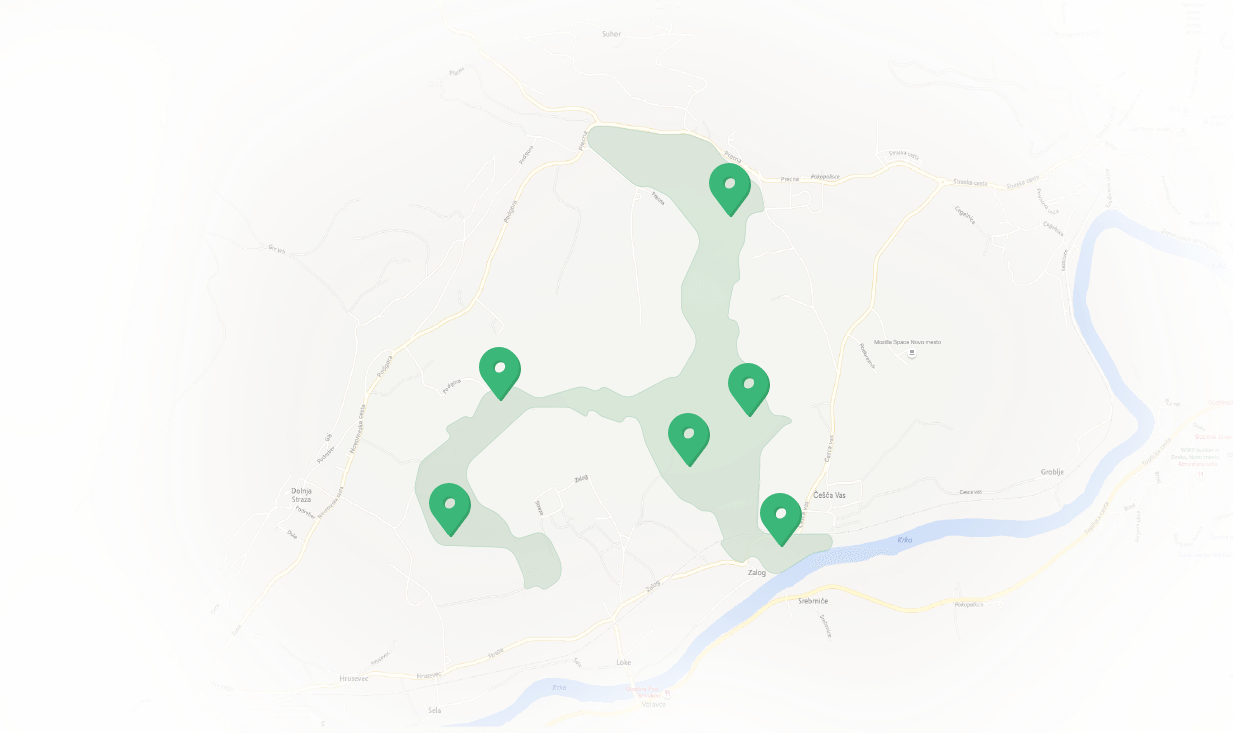
Features Temenica (3)
SPECIAL ogr.

